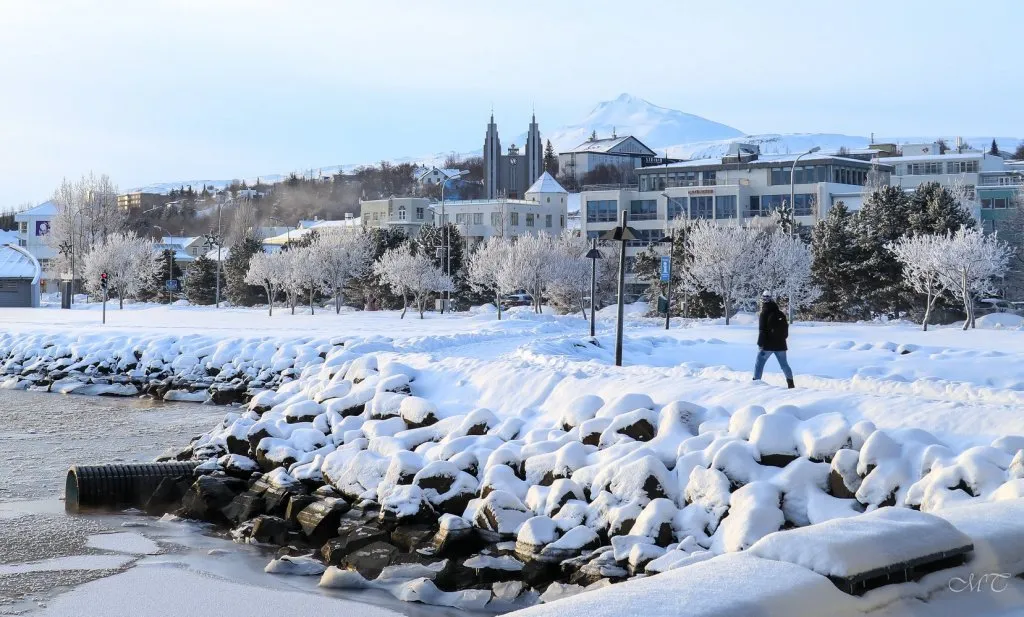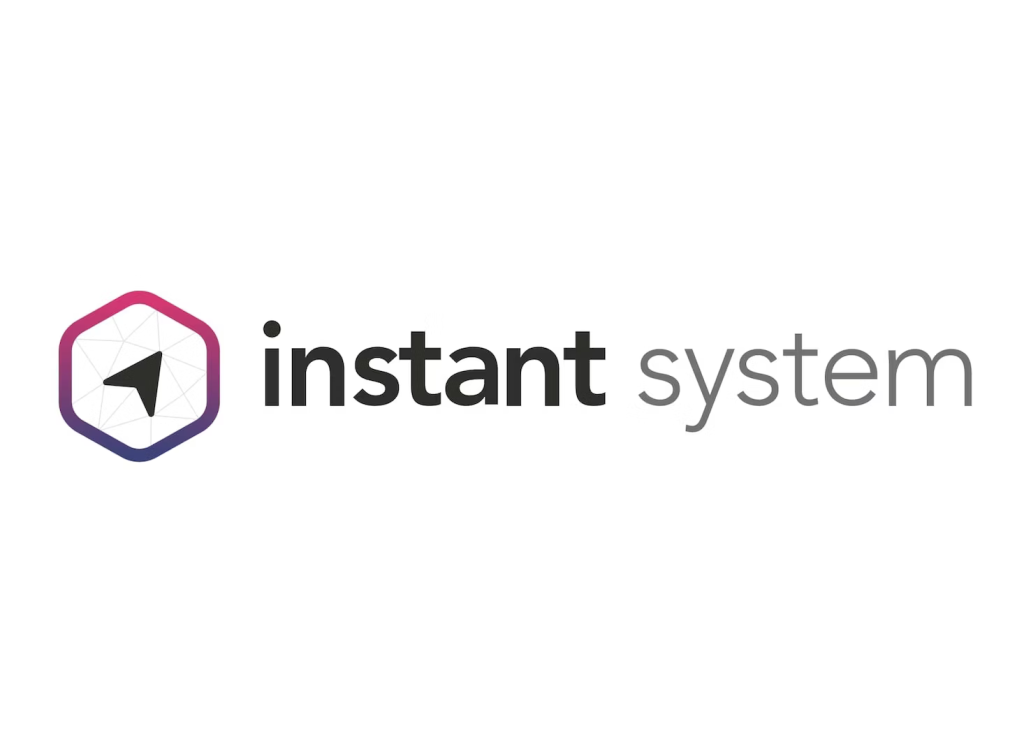Akureyri.
Challenge
How can intermodality between public transport and micro-mobility solutions be optimised?
CURRENT SITUATION
Iceland’s current government has committed to cut emissions by 55% by 2030 (according to ESR 2005 numbers) and to become carbon-neutral by 2040. It has also set the ambitious goal of phasing out all use of fossil fuels by 2040.
Today, the transport sector is a significant source of emissions in Iceland. In 2021, it accounted for 31% of all emissions included in the ESR targets. Private cars accounted for approximately 75% of all motorized vehicles in Iceland and 58% of total emissions from the transportation sector in Iceland.
Urban planning and development in Iceland for the last 50 years has resulted in around 85% of the population now living within 100 kilometres of the capital city, Reykjavík. The town of Akureyri is therefore by far the largest urban area outside the capital area with just under 20.000 residents (about 8% of the population).
In Akureyri, public transport is available via a free-of-charge bus system. However, most residents prefer to travel by private car and average ownership is more than 8 private vehicles for every 10 residents.
Particulate matter pollution frequently increases as a result of the widespread use of winter tires with studs for motorized vehicles. People are hesitant to use bicycles or other micromobility options in the winter, even though it is possible and convenient with winter tires with studs for bicycles.
The free bus system is perceived as being unreliable and not operating frequently enough and is not utilised as much as it should be. The current bus system consists of six lines that go in large circles around the town. In 2020, a new system with only two bus lines that would run more frequently was introduced, but later withdrawn by the City Council due to high implementing costs.
The City of Akureyri has been pursuing the shift towards sustainable transportation for several years and introduced various solutions for reducing the high number of private car trips. Apart from the free public transportation, the town launched an app and a website which show the time it takes to walk or cycle from one location to another. Although it clearly reveals that cycling across town only takes about 15 minutes, the introduction of these measures has not yet proven fruitful.
The only shared micromobility solution available in Akureyri are electric scooters during summertime.
Other services available: traditional taxis are available and a service for people living with a disability is operated by the municipality
Expected to-be situation
Enhanced intermodality between public buses and micromobility solutions and/or an increase in their modal share compared to private car trips through the integration of technology, infrastructure and/or gamification:
- Provision of real-time information about the availability of public buses and micromobility solutions that can help users make informed decisions about the mode of transport they choose. This can be achieved by integrating data from multiple sources such as GPS, traffic data and passenger demand through e.g. the development of an app. Alternatively, data-driven tools that provide smart solutions for an expansion of the micromobility infrastructure are interesting
- Creating intermodal hubs that serve as transfer points between public buses and micromobility solutions, e.g. through secure storage facilities for micromobility devices as well as amenities such as charging stations, bike racks or shared micromobility solutions
- Encouraging intermodal trips through incentives or gamification tools to increase the modal share of buses and micromobility, as well as their intermodality

Solution
The Instant System solution is a MaaS platform that integrates public transport with other mobility options available, offering real-time information and CO2 emission awareness. The journey planner indicates results with public transport and well as walking, private biking, shared mobility, private car integrated with Park & Ride, and on-demand transport for people with disabilities. All itinerary results are quantified with CO2 emissions compared to car, to promote a modal shift.
Results
- The project pilot has been extended with the Municipality of Akureyri for an additional 6 months to test the service during different seasons and to include ferry information.
- Real-time public transport information and e-scooter availability will also be integrated during 2024.
- The project predicts a 10% increase shift to for public transport or active modes





